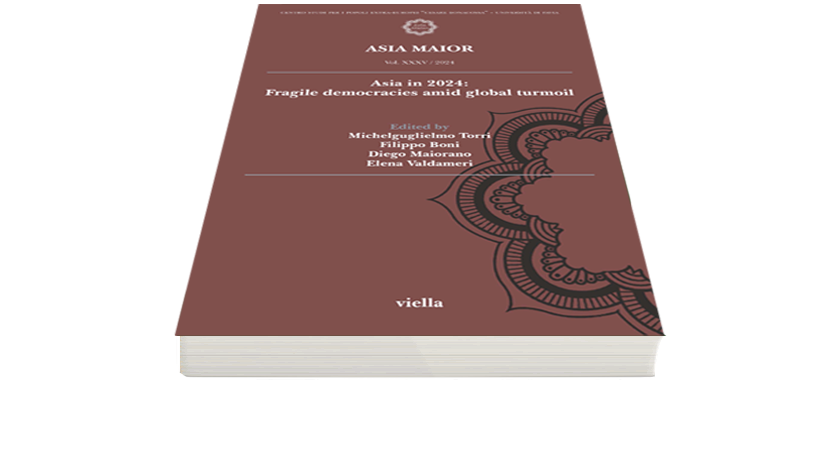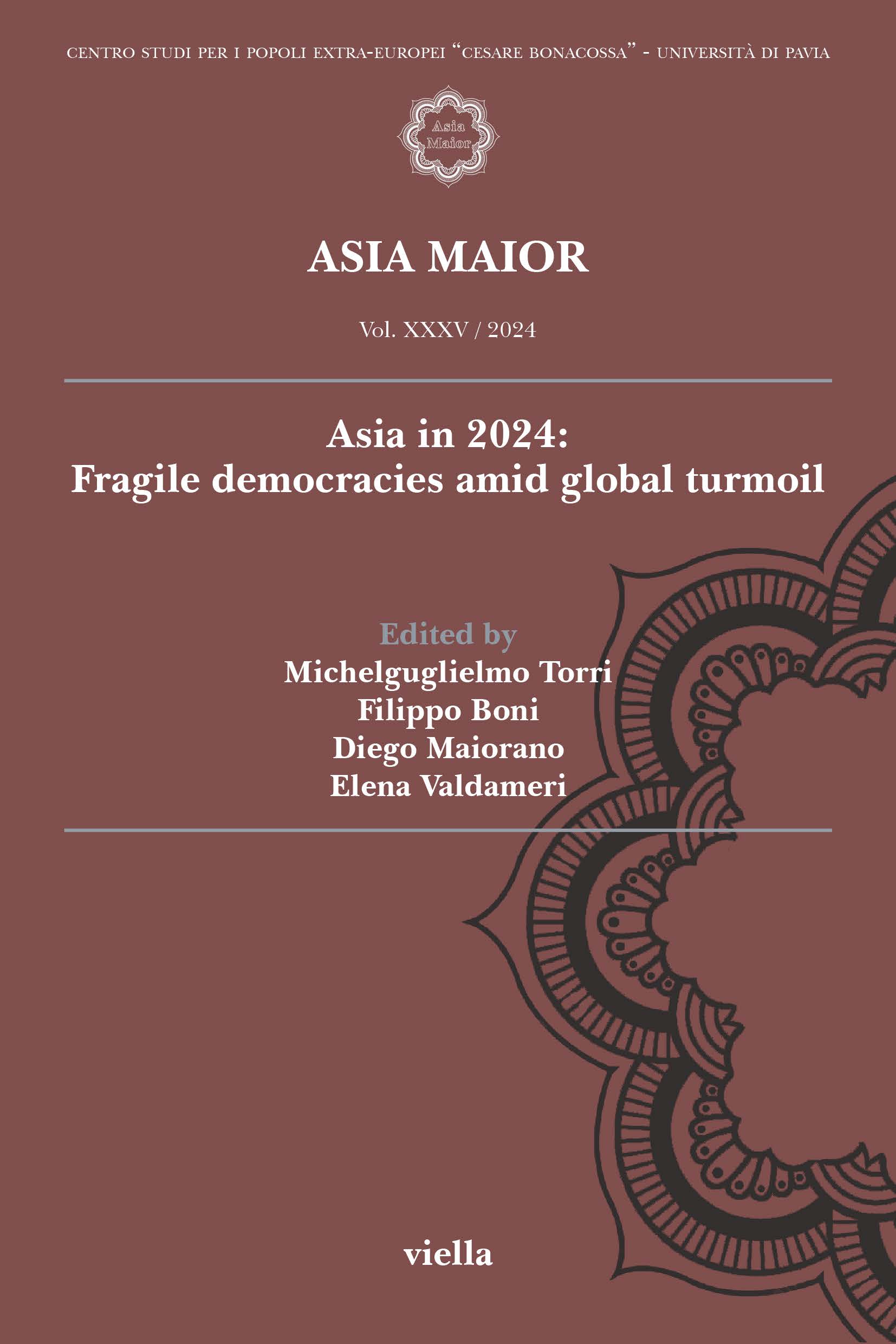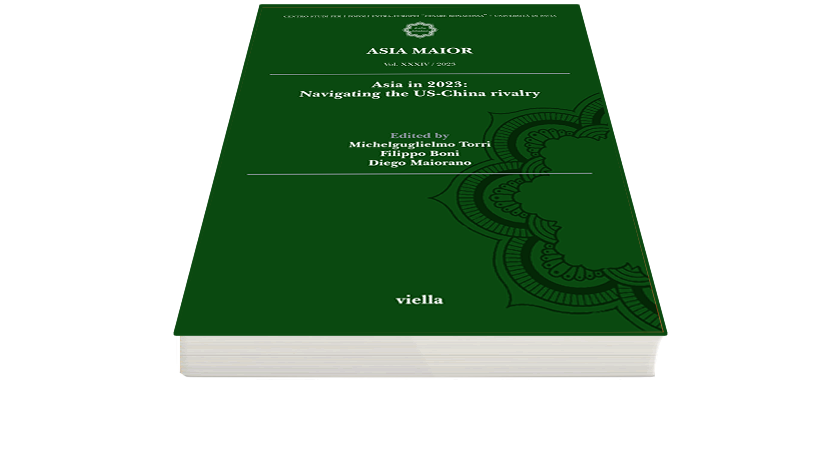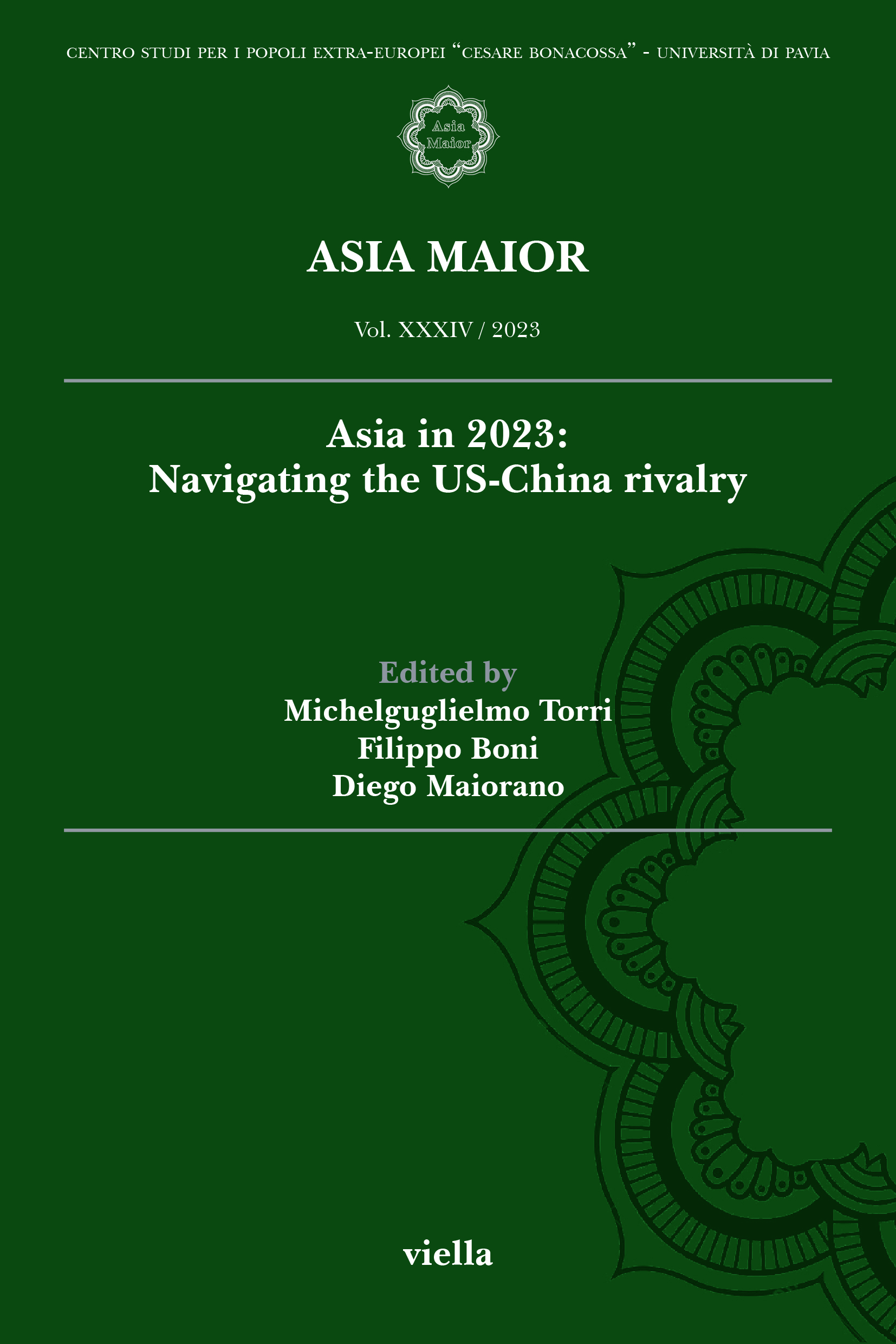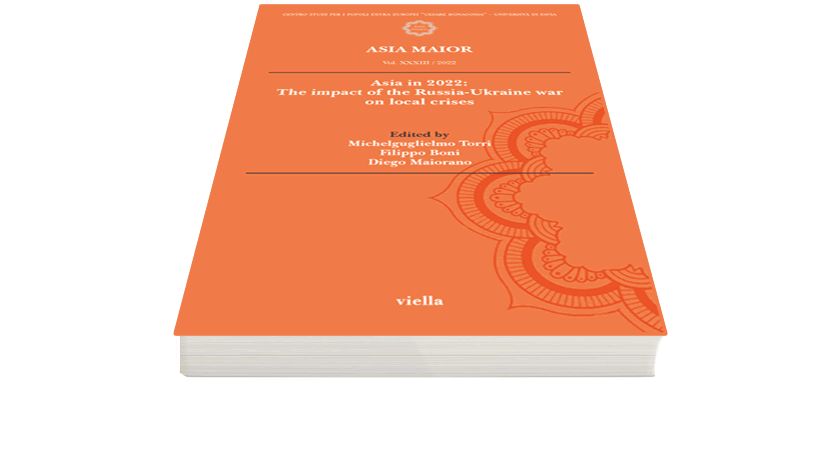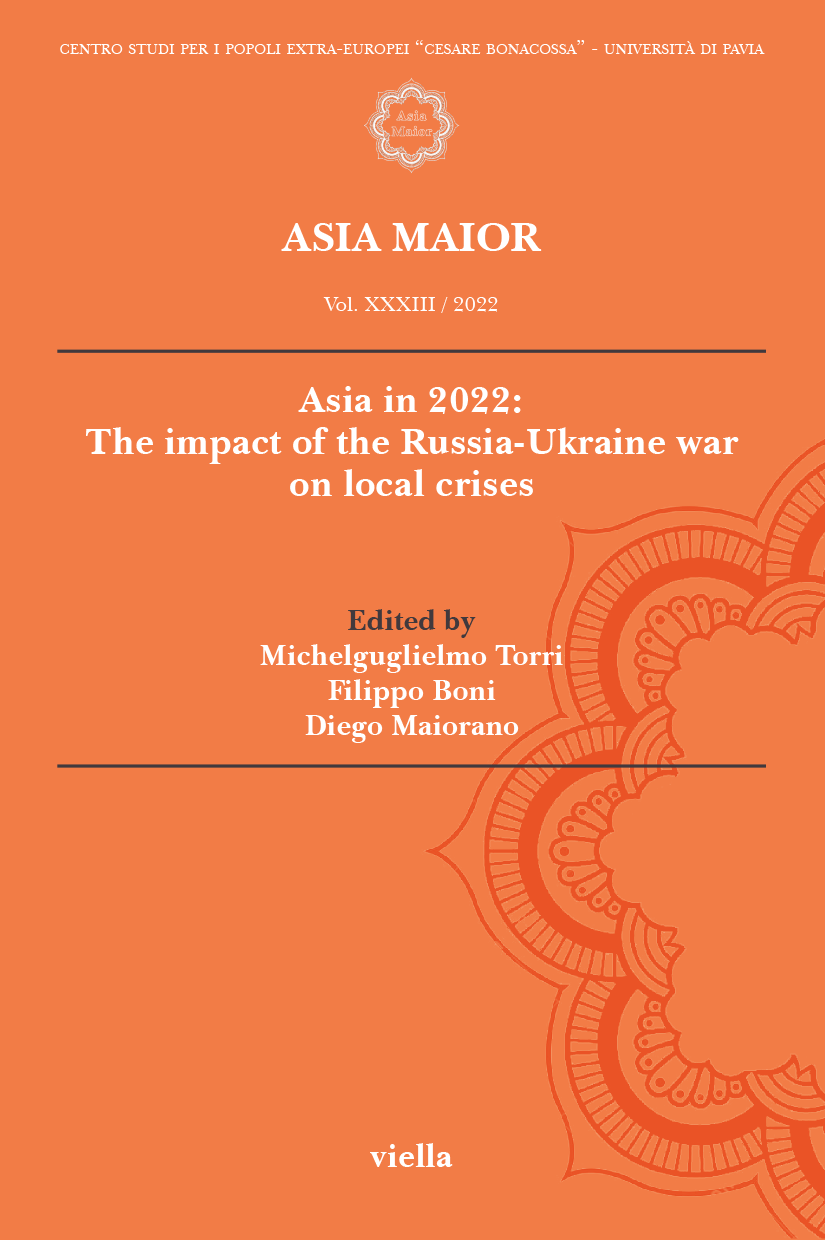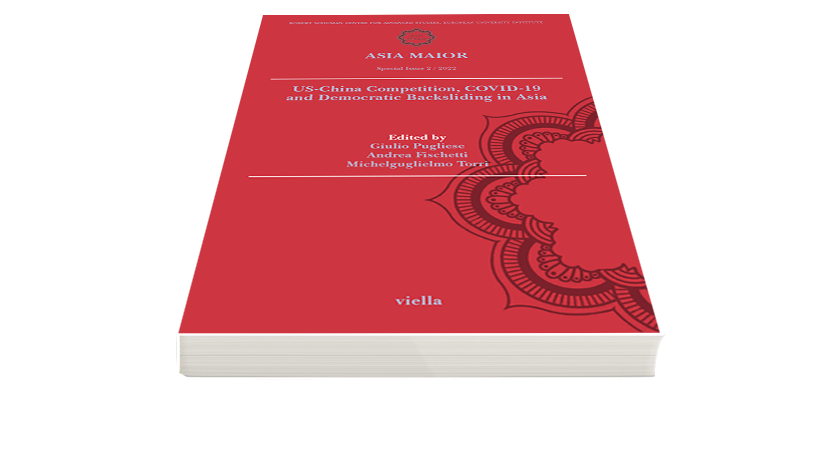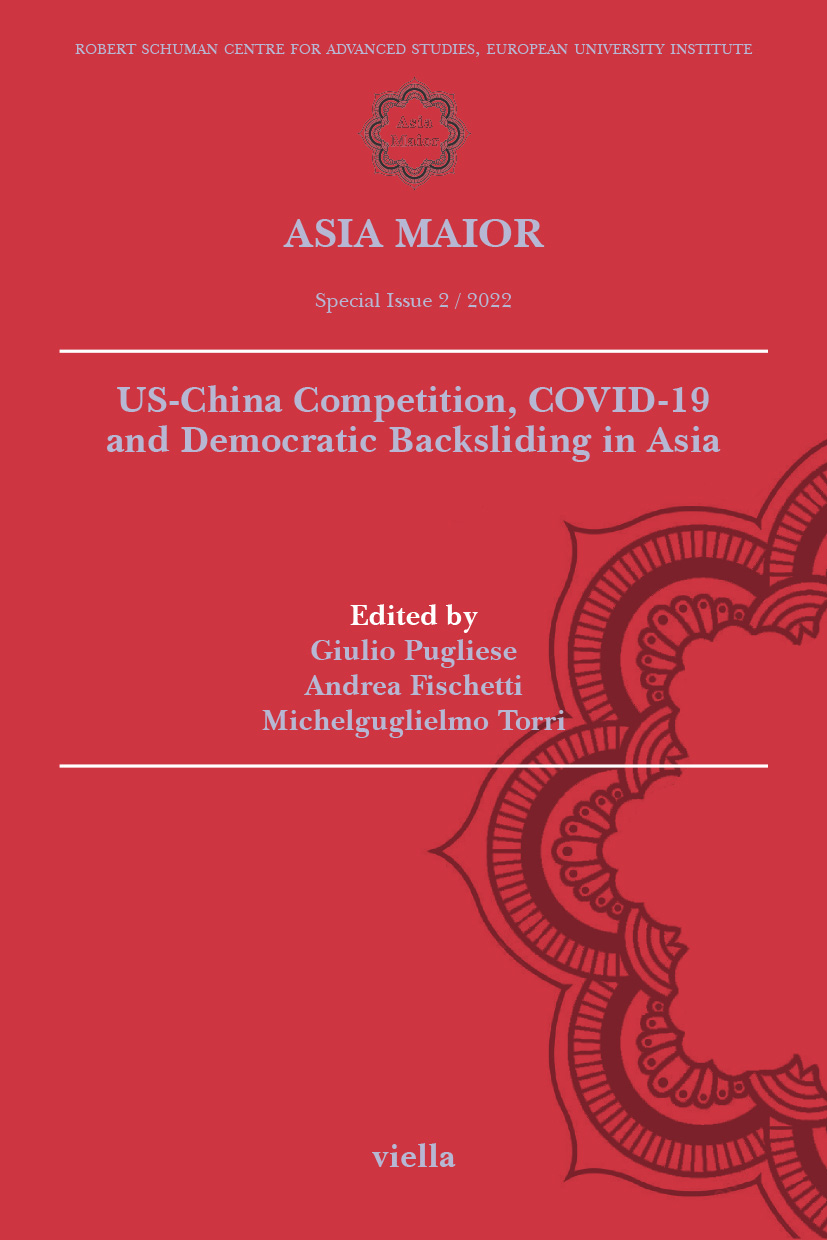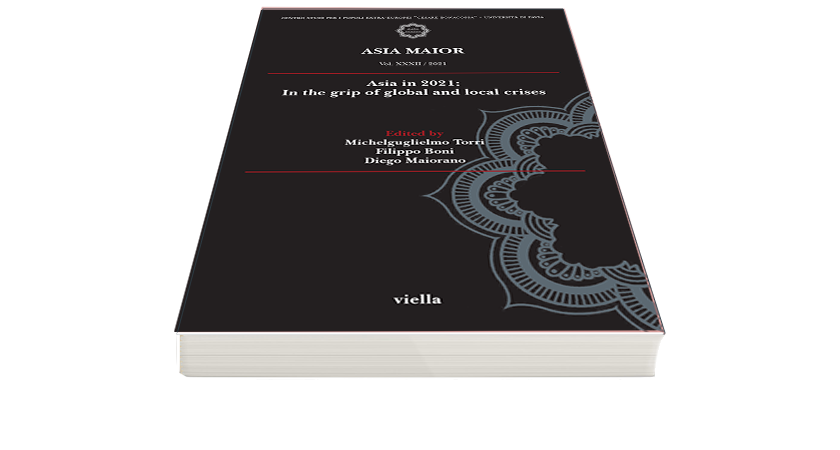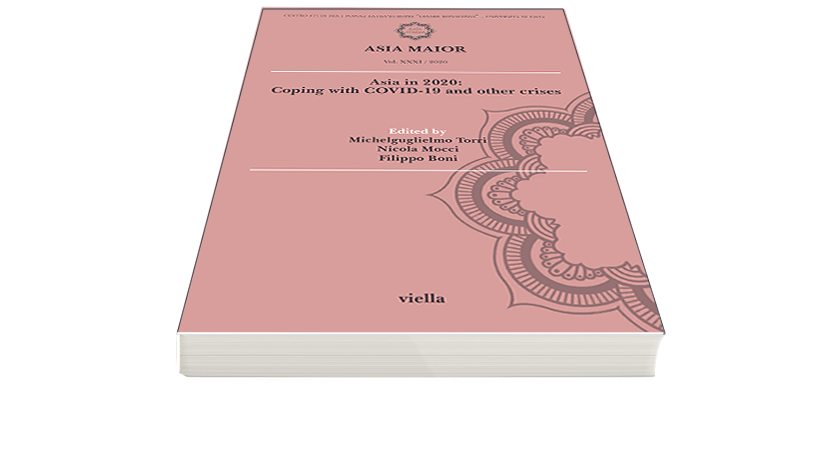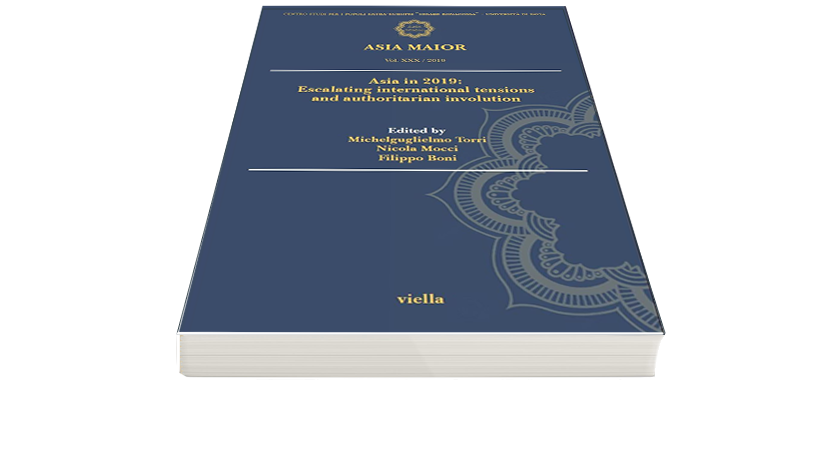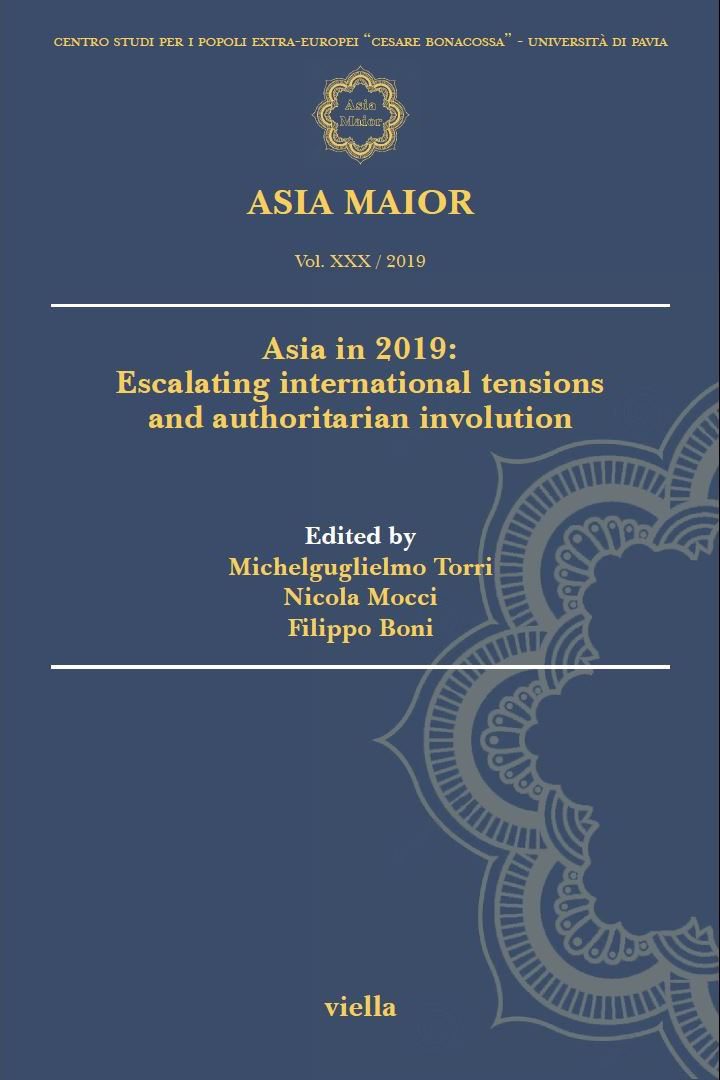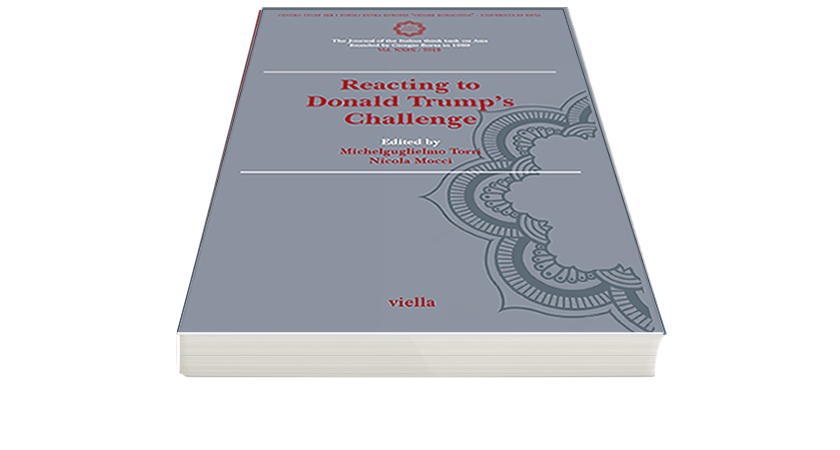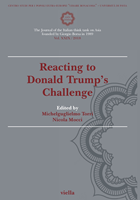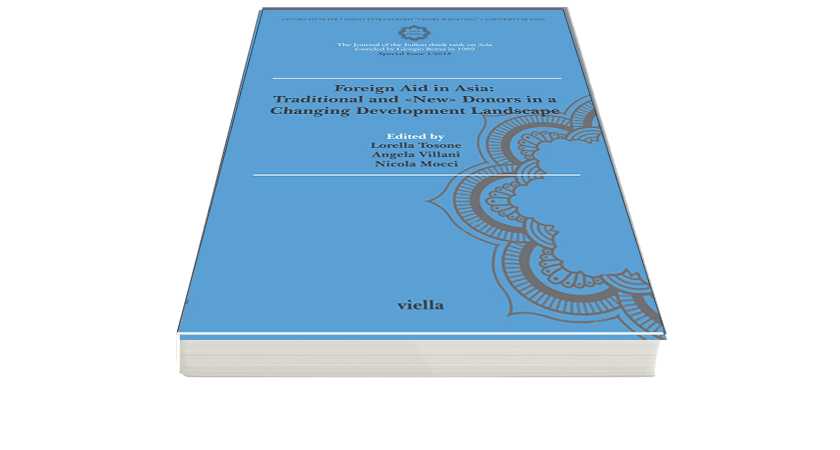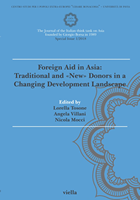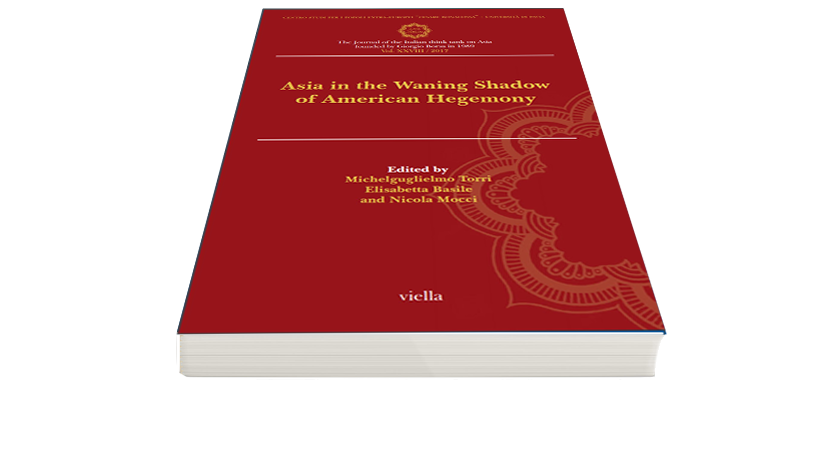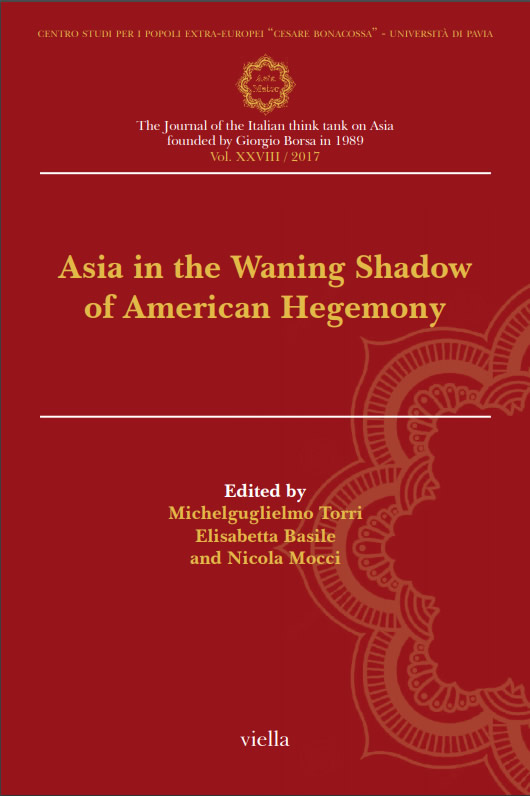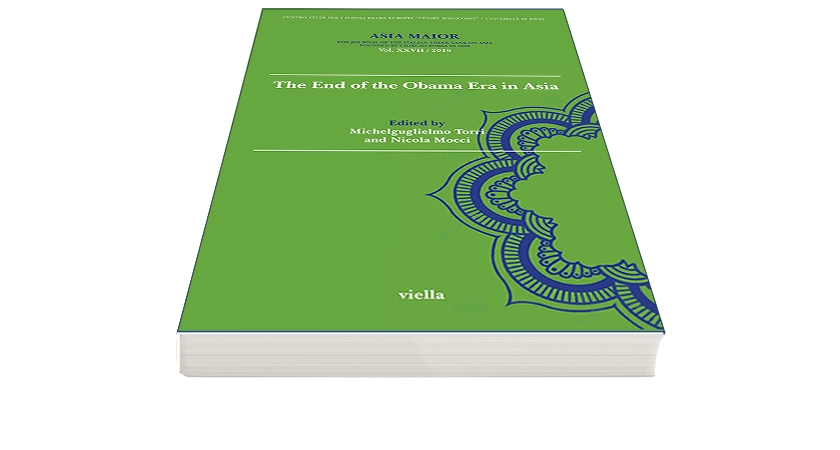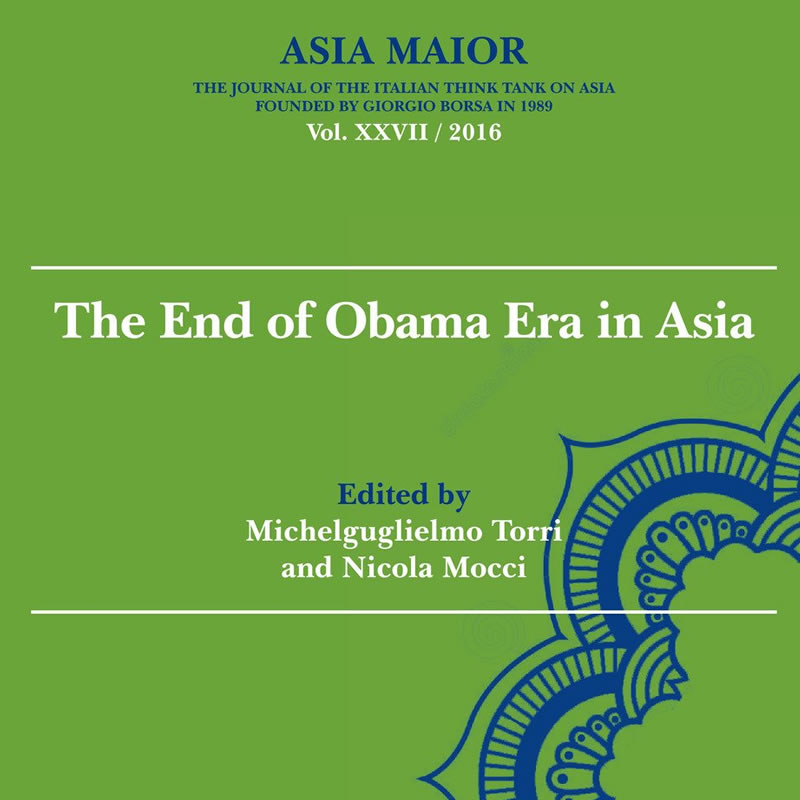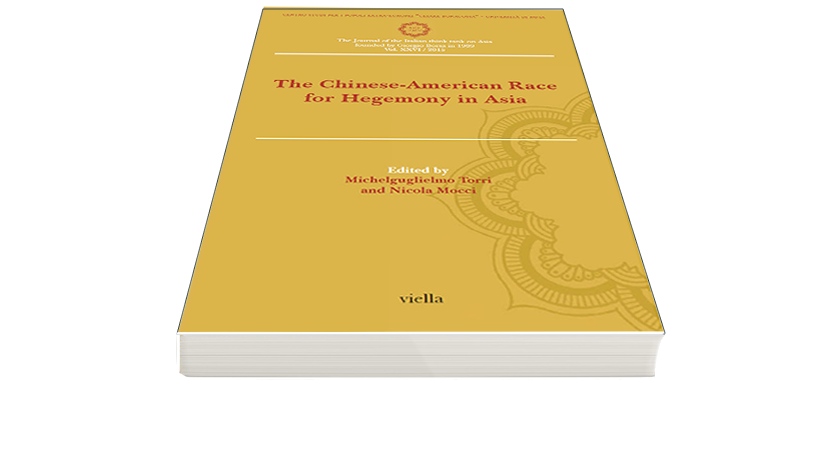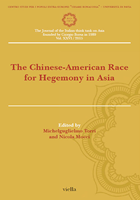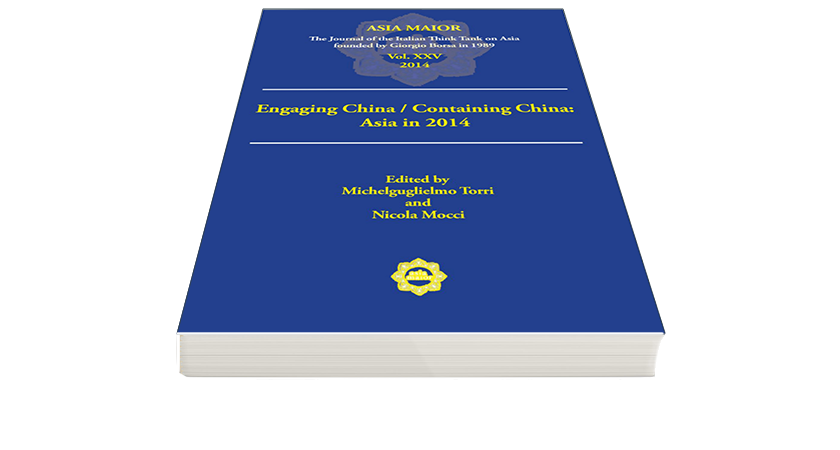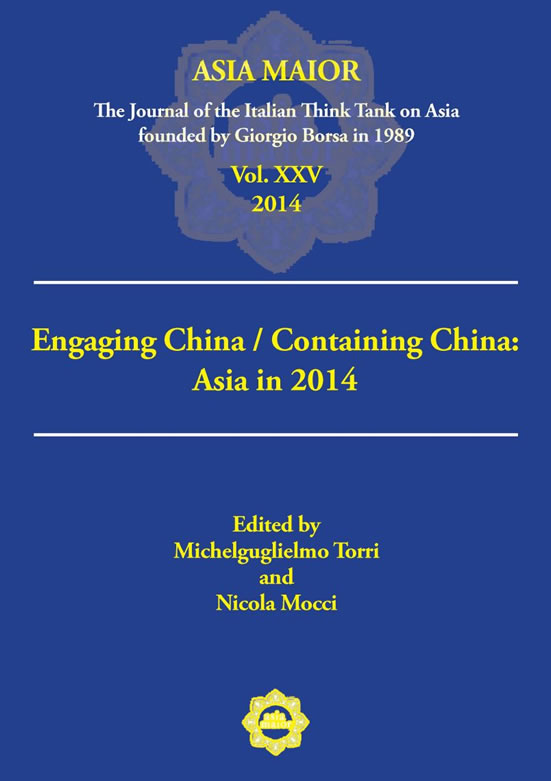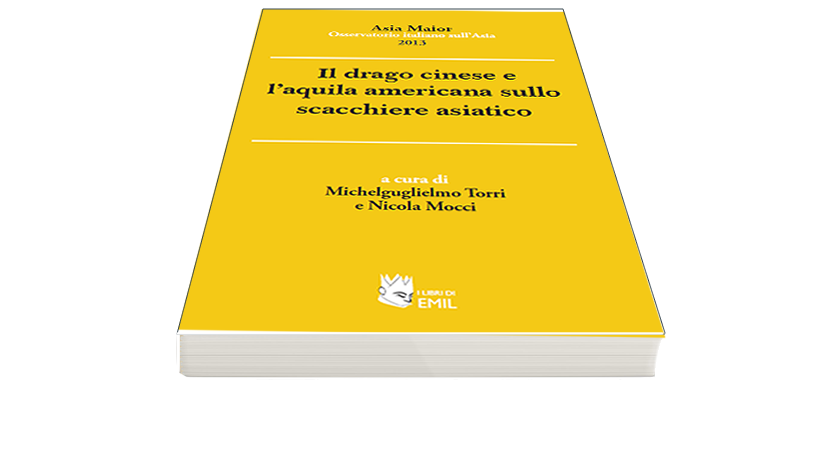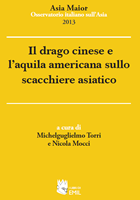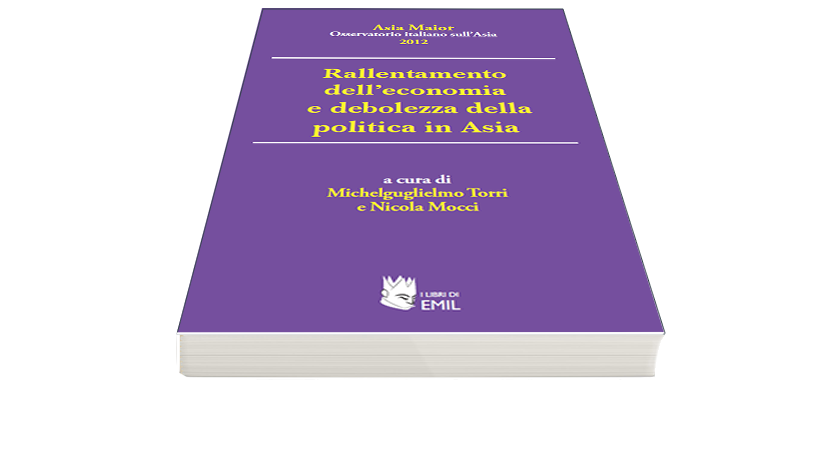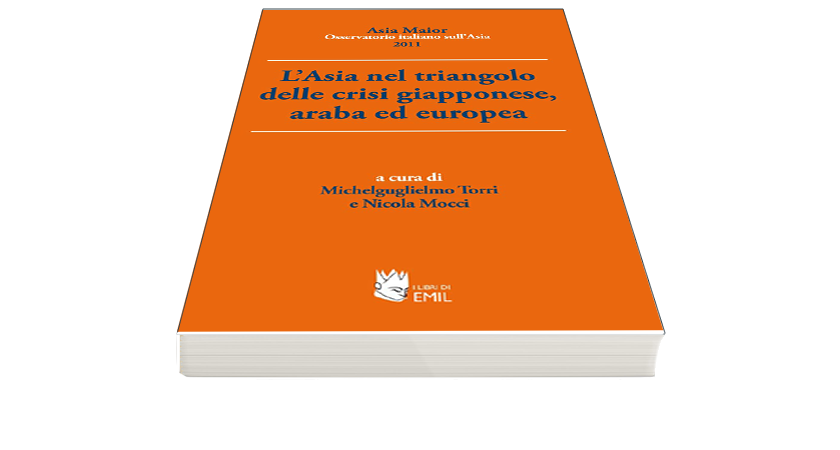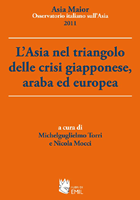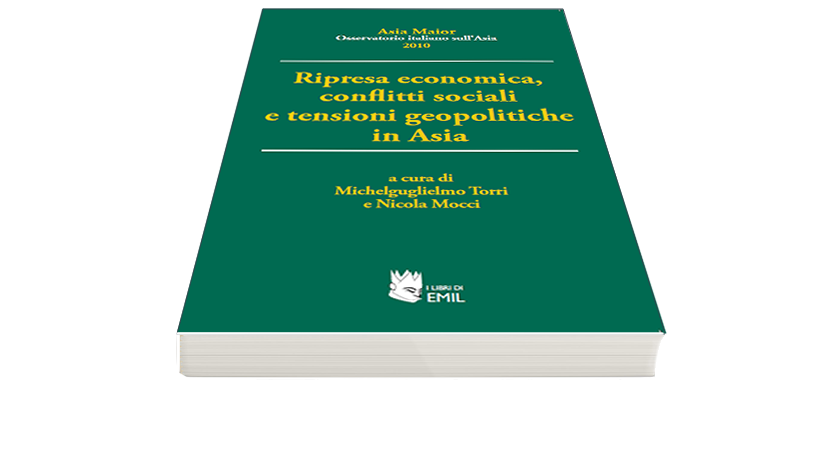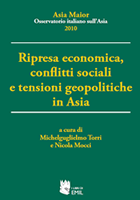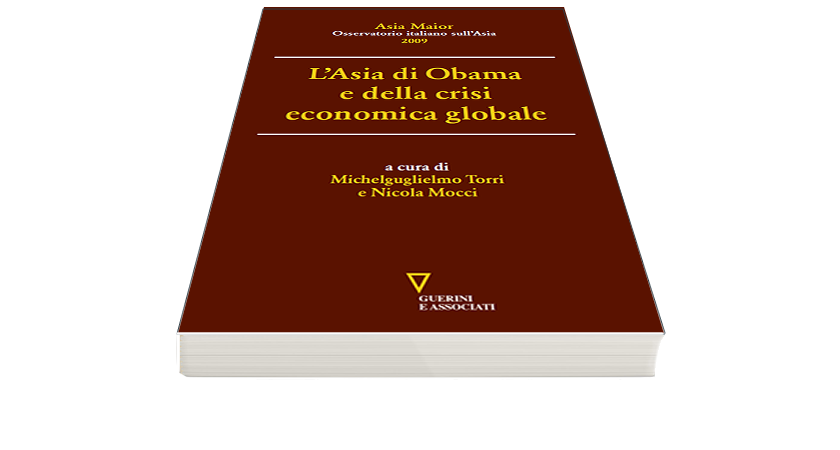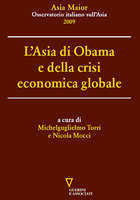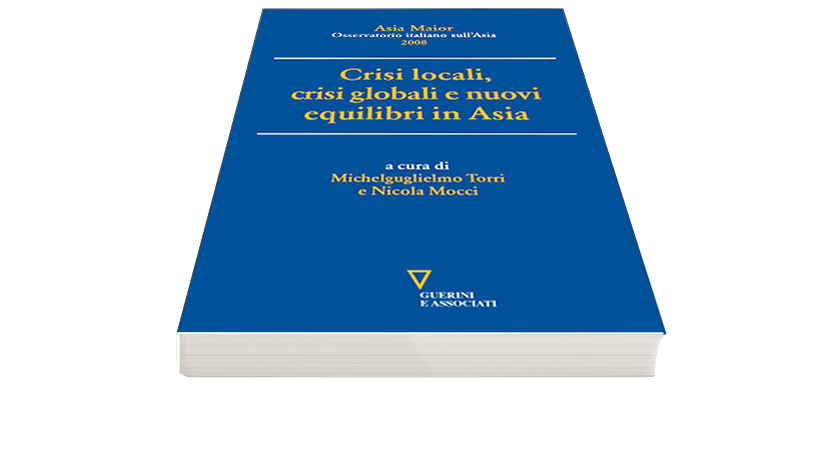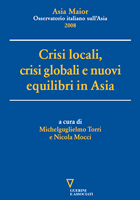Violence of Communalism and Feminist Ethnography of Peace
Available also in pdf – Download Pdf
Emanuela Mangiarotti, Feminist Peace and the Violence of Communalism: Community, Gender and Caste in India, Routledge, 2025, 270 pp. (ISBN: 978-1-032-56605-4; ISBN: 978-1-032-56607-8, ISBN: 978-1-003-43633-1).
Feminist research in general and feminist peace research in particular contend with a range of methodological concerns. Primary among these is the need to be critical and reflexive at the same time – especially in studying situations of «conflict» where the researcher may find herself facing the predicament of representing processes of marginalisation as an interlocutor and also producing feminist knowledge as praxis. The latter is especially significant since it assumes a process of production of knowledge that is «dialectically produced and realised in action» (Shah 2017). Apart from reflexivity and critical scrutiny, the «sensitivities» of a feminist peace researcher entails «attendance to power relations», which when enquired from an ethnographer’s lens involves an analytical framing of the everyday, contextualisation of agency, and a careful reading of embodiment and experiences (Björkdahl & Selimovic 2021).
In Feminist Peace and the Violence of Communalism, Emanuela Mangiarotti remains true to these commitments. She makes a methodologically sincere and analytically robust study of the historical and contemporary narrative processes through which the epithets «communal», communally sensitive», and «riot prone» get attached ascriptively to «Old Hyderabad», and frame the «everyday realities» of being a Muslim in the city. While exploring these processes, the author makes a departure from the prevalent understanding of communalism as inter/intra-religious relations. Such an understanding she argues, reproduces the binaries that sustain the paradigms of domination and exclusion, by homogenising communities into containers marked by religion. This then serves as the primary and often the sole axis along which relationship (of hostility) between communities is mapped. Mangiarotti steers clear of such conceptualisation of communalism to look at the ways in which relations between communities are constituted in a social and political space where a «communal paradigm» is produced by political regimes, media, and dominant communities. In such a paradigm the figure of the Muslim is made «hyper-visible» as «communal» marked by a particularity – religious identity – constituted through tropes, which in the contemporary context draw from the dominant ideology of Hindutva and the ruling practices associated with the national security state. In a significant deployment of the analytical framework of «violence of communalism» the author shifts her scrutiny to the processes through which violence becomes part of «community experience». The «material consequences» of being Muslim, women and lower caste, imbricated in ghettoised lives in Old Hyderabad, which even when there is no spectacle of violence witnessed in «riots», produce the effects of stigmatised existence along multiple and intersecting axes of community, gender and caste.
The book makes these processes visible through six meticulously crafted chapters that focus on different dimensions of experiences of the violence of communalism. The chapters are ordered logically and each chapter is structured persuasively – foregrounding the larger argument of the book, but breaking it down into its constituents, and building it piecemeal through narratives from the fields. The first chapter on ethnography of the city of a «communally sensitive city» is, therefore, important for delineating both – the reasons why Hyderabad, specifically the Old City, as «riot prone» site, is appropriate for mapping the historical processes through which the communal paradigm is constituted – and also for comprehending how, amidst pervasive narratives of Hindu-Muslim antagonism and communalisation of public discourse in articulations of Hindu nationalist supremacy in the political and social spheres and ghettoization, has ironically also provided the «interface» for «women’s action».
The entrenchment of social boundaries of communities is imperative for the politics of religious difference espoused by Hindu nationalists. The author elaborates in the second chapter how gendered-mythological narratives, present the Muslim body as an absolute «site of difference» entrenching structural violence that occludes other fundamental axes along which social power is constituted. The use of the framework of structural violence by Mangiarotti is important for building an understanding of how violence is structured in society, and its gendered nature. Unlike violence which takes manifest forms in actions of individuals and groups (as collective violence), structural violence is often intangible even when it actively limits people’s capacities to live a full life or meet even the most basic of the needs that are minimum requirements for life itself. It can, however, exacerbate to take overt forms as «spectacular» violence. The figure of the Muslim woman becomes integral to the representation of the Muslim community as atavistic and dangerous, giving the proponents of Hindutva, the justification to intervene and rescue her through laws such as the Uniform Civil Code, that reiterate her passivity. It is significant also how «activist» Muslim women could be appropriated within a Hindutva regime (e.g., in the case of Triple Talaq) or rendered disruptive and delegitimised as anti-national when they made spaces like chowks and chaurahas – part of their familiar life words – into public spaces of appearance and action. Shaheen Bagh was one such familiar place – a neighbourhood – in the proximity of Jamia Millia Isamia, close to the border of Delhi with NOIDA in Uttar Pradesh. Over the course of the protests, Shaheen Bagh, a place name, became a metaphor for citizen democracy guided by radical empathy, setting in motion a process whereby «the city street» assumed ubiquity as space where «new forms of the social and political [could] be made» (Sassen 2011, 574).
In the ethnographic accounts across chapters but especially in Chapters two and six, the author presents the modalities through which the gendered dynamics of the communal paradigm is navigated and also resisted by those who «live and participate» in the «gendered dynamics of conflict cycles». The everyday navigation of social and political power as well as spectacular resistance become performances, making the processes of subjectivation and inhabitation of religiously marked spaces complex. In doing this the author makes important connections between communalism and socio-economic stratification, with caste as its most significant indicator. Narratives of intersections of social experience of caste, class, community and gender, and their framing of lived experiences in the old city, have been presented by the author as ways in which «subjects of communalism» negotiate and enact differential expressions of social belonging, rupturing «communalisation» of experiences. While the imbrication of caste in the process of communalisation is left tantalisingly underexplored, chapter six is a powerful exposition of the polyrhythms of «collective conversations» among women in community development projects in the Old City. Titled «Communal Conflicts and Women’s Everyday Life», the chapter gives a compelling account of «interfaith initiatives» in areas characterised by violence. It is in this chapter that Mangiarotti presents a sustained engagement with essentialist gender ideologies, consistent with a «feminist peace perspective». She examines the community as a fraught social space where «women» are located ambivalently as «agents of peace and victims of communal conflict». Drawing upon ethnographic data, Mangiarotti argues that her research participants were conscious of their location within the family/community and everyday realities of marginalisation. At the same time, they professed an unambiguous awareness of the transformative potential of «daily practices in the social space of interfaith relations». Such a space was created through «everyday cooperation» with community development projects led by local NGOs that emerged as a response to and corroded the dominant figuration of the Old City as a conflict-ridden space of adversarial community relations. In these spaces Muslim and lower caste women permeated/perforated the binary logic of separate spaces to produce spaces of «harmony» on a daily basis. In an innovative use of «Centre» – the word used by the local residents to refer to the building of the Henry Martyn Institute (HMI) – as a spatial metaphor indicative of the building’s location at the interface of the Hindu and Muslim zones, Mangiarotti refers to the «act» of daily movement of people across these zones to the Centre, as reinforcing the Centre as a space of interfaith harmony. These acts rupture the spatial segregation of zones as sites embodying existing and potential conflict, and the Centre at the interface both joining and separating these zones, transcending «the symbolic and physical boundaries between Hindus and Muslims». The daily act of crossing these boundaries is a public act performed by women, making these boundaries permeable, enabling as the author says, the dismantling of walls that prevent the development of «familiarity» and «access» to the lives of others.
As an «intercommunity» site, the Centre builds a «politics of relationship» offering the possibility of political action «located and expressed in the mundane». Mangiarotti argues that the participants in the Centre’s activity saw the community as the «locus of experiential knowledge». In particular, it was intimate knowledge of violence that made the community important – «they know the violence, they know what they need» – as one of her participants expressed – which made interfaith activity effective. Yet, quite like the anti-CAA protests, women’s «active role in peace» also assumed «public» forms where Muslim and lower caste women, encouraged by civil society organisations, held hands to form a human chain surrounding the iconic Charminar in the Old City, to prevent violence after Friday prayers in March 2010 in a context of bombings, when communal feelings were especially charged. The idea of «sensational action» with the intention of creating a «buffer zone», the author argues, simultaneously exposed and re-signified the positioning of women in the face communal violence. «Taking action» was a constant refrain in women’s narratives, which the author argues placed them within a field of «transversal politics», where women transcended and redrew borders of politicised differences by creative protests.
While Chapters Two and Six, are in my opinion, the most important contributions of the study, the significance of the intervening chapters – Three, Four and Five – lies in mapping the politics of occlusion that frames the communal paradigm in which residents of Old City are located. Chapter Three traces the decline of the Old City and contestations over its «Muslim» past that resonated in deeply troubling ways in the movement for a new state of Telangana. These contestations, the author argues have shaped the narratives of the past and present in Hindu Nationalist discourses. Violence, however, takes many forms. In denying people their history it inflicts an ontological wound. Yet, violence is also epistemological in the sense of populating the urban spaces with religious and cultural symbols of aggressive Hindu masculinities which the author terms «Hindutva’s changing choreographies of belonging in the urban space». Chapter Four is an elaboration of the cultural tropes that reaffirm Hindutva’s claims to the urban space, while marginalising the Muslim body as a violent other. These, as Chapter Five would argue, pave the way for political elision in which the space for articulation of a Muslim political identity is limited by discourses that present it as a community either in need of reform or containment. The contribution of the book lies precisely in providing a persuasive narrative grounded in historical-anthropological enquiry into the processes through which a communal paradigm of power gets entrenched and the banal and spectacular ways in which feminist solidarities perforate and corrode it. While doing so, the author offers creative insights from the field through narratives of women making sense of power relations in their lives even as they participate in «community development programmes», turning them into spaces for peace activism. It is important to note that the idea of peace as harmony, embodied in the «Centre» as a physical border and bridge, is replete with a feminist transversal practice of critical engagement, which is dialogical and continually evolving. Feminist transversal politics in spaces occluded by right wing politics presents challenges to hegemonic cultural meanings and opens up possibilities of political and ideological alliances and solidarities against normalisation of communal politics.
References
Björkdahl, A., & Selimovic, J. M. (2021). Methodologies for feminist peace research. In Routledge Handbook of Feminist Peace Research (pp. 40-49). Taylor & Francis. https://doi.org/10.4324/9780429024160-5
Annika Björkdahl, Johanna Mannergren Selimovic
Sassen, Sassen (2011) The Global Street: Making the Political, Globalizations, 8:5, 573-579, http://dx.doi.org/10.1080/14747731.2011.622458
Shah, Alpa, ‘Ethnography? Participant observation, a potentially revolutionary praxis’, Hau: Journal of Ethnographic Theory, 2017, 7 (1): 45–59.
Asia Maior, XXXV / 2024
© Viella s.r.l. & Associazione Asia Maior
ISSN 2385-2526

